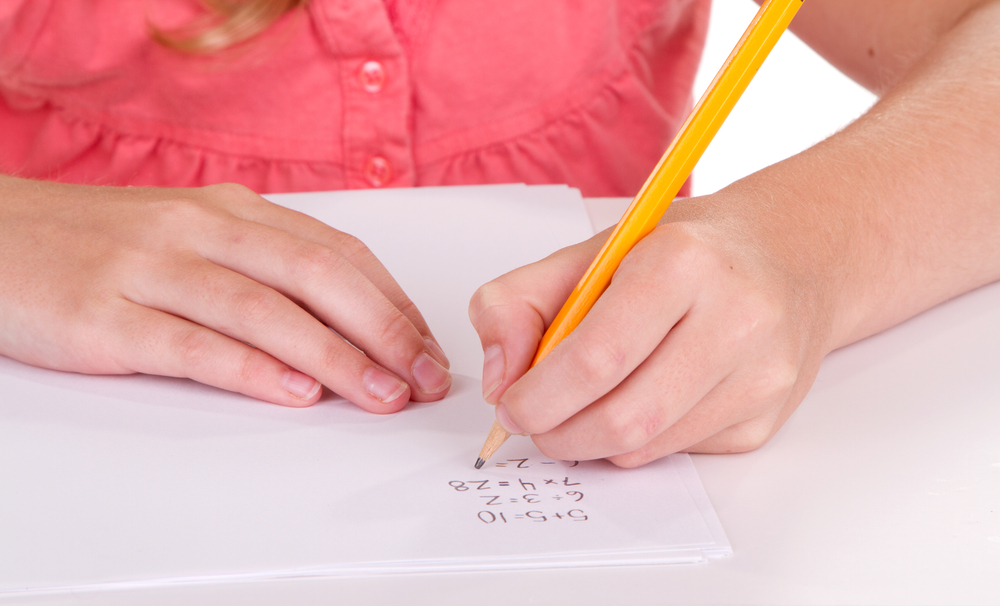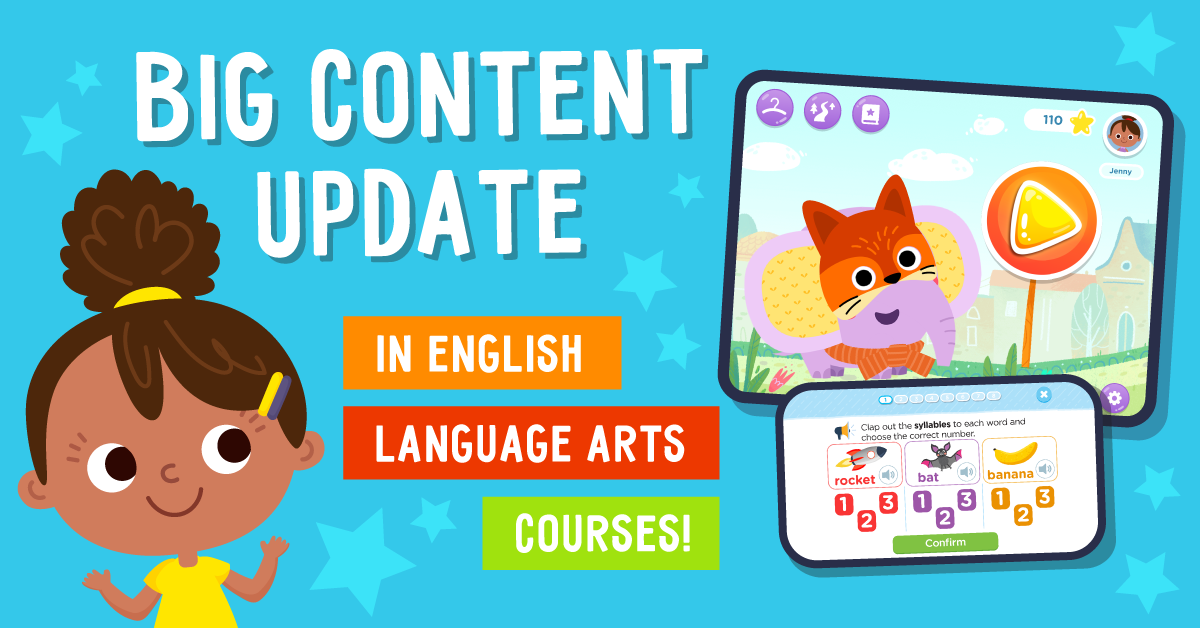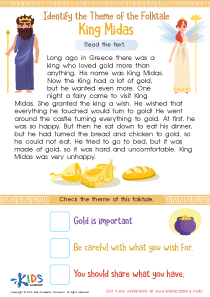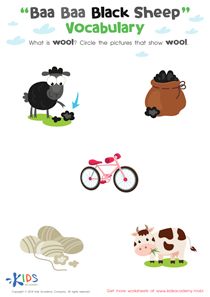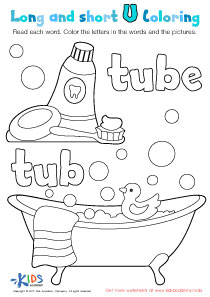Problem-Solving Skills Normal Reading Worksheets for Ages 4-7
10 filtered results
-
From - To
Enhance your child's learning journey with our "Problem-Solving Skills Normal Reading Worksheets" designed specifically for ages 4-7. These engaging worksheets help young learners develop essential problem-solving abilities through fun and interactive reading activities. Children will explore various scenarios that encourage critical thinking, logical reasoning, and creative approaches to finding solutions. Our resources are tailored to align with early literacy skills while promoting cognitive development, making them perfect for parents and educators alike. Foster your child's confidence and independence in tackling challenges with our variety of worksheets that make learning both enjoyable and impactful! Download them today and watch your child's skills flourish.
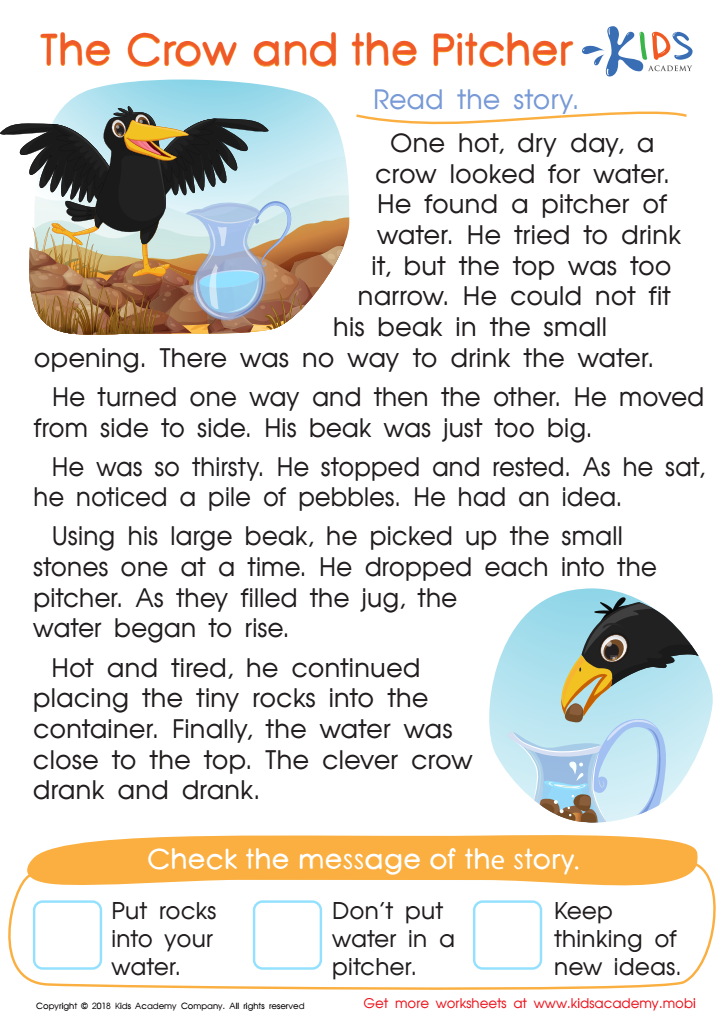

The Crow and the Pitcher Worksheet
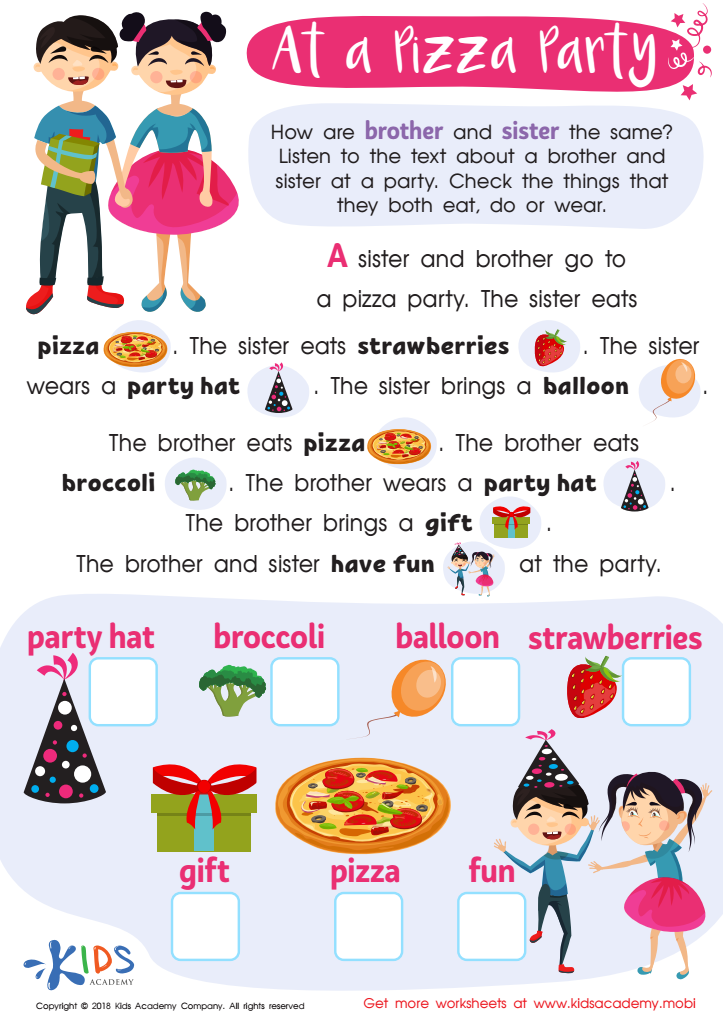

At a Pizza Party Worksheet
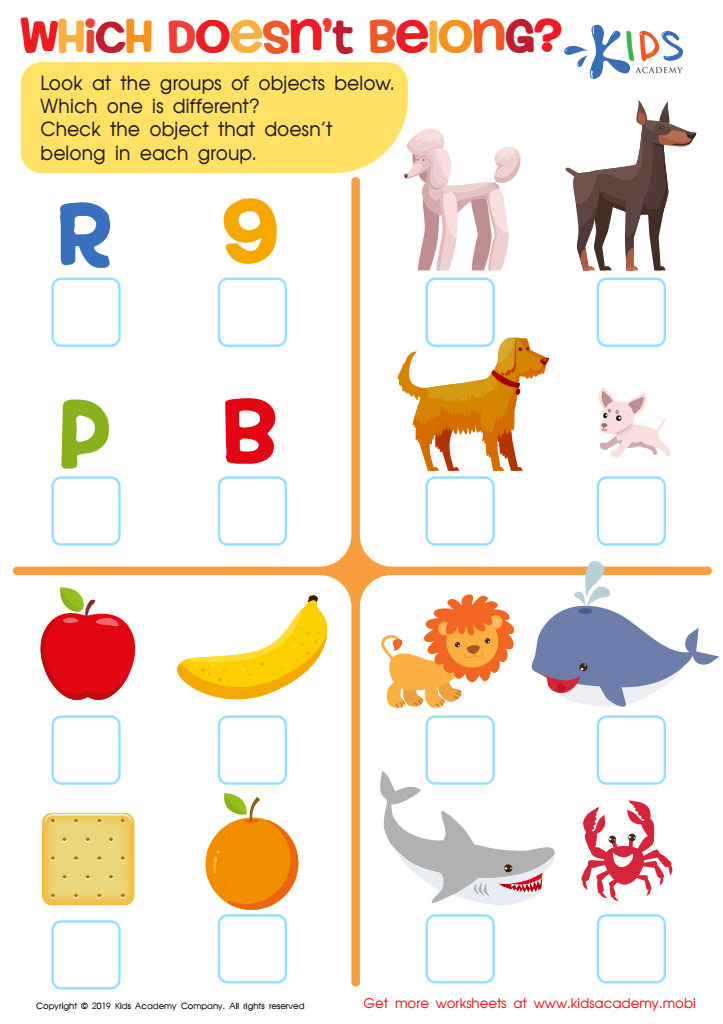

Which Doesn't Belong? Worksheet
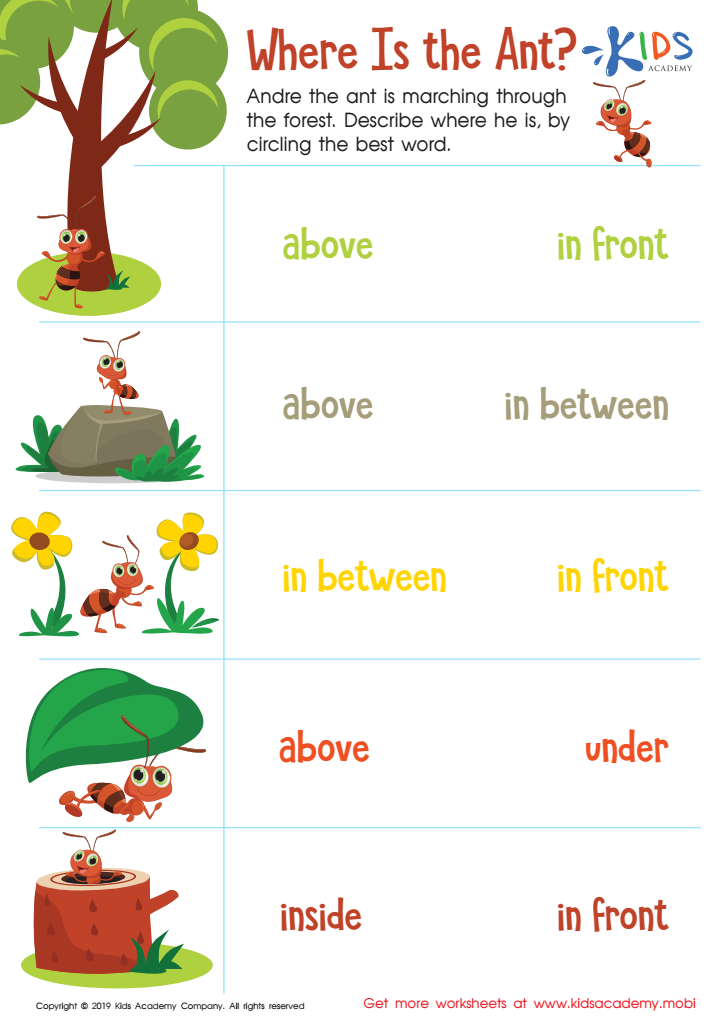

Where Is the Ant? Worksheet
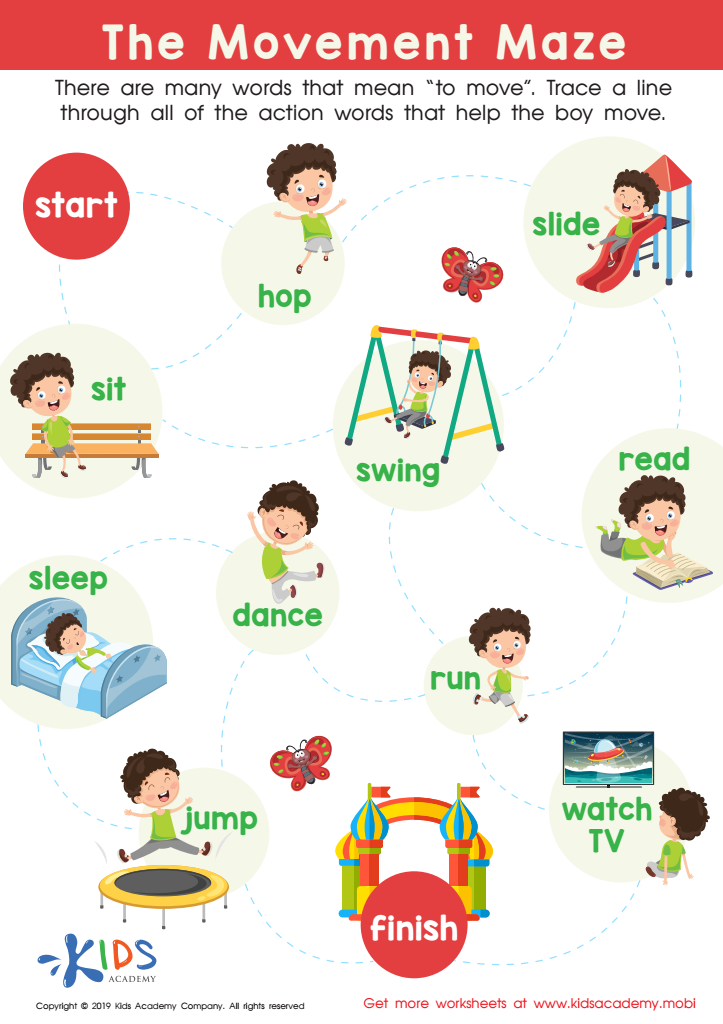

The Movement Maze Worksheet
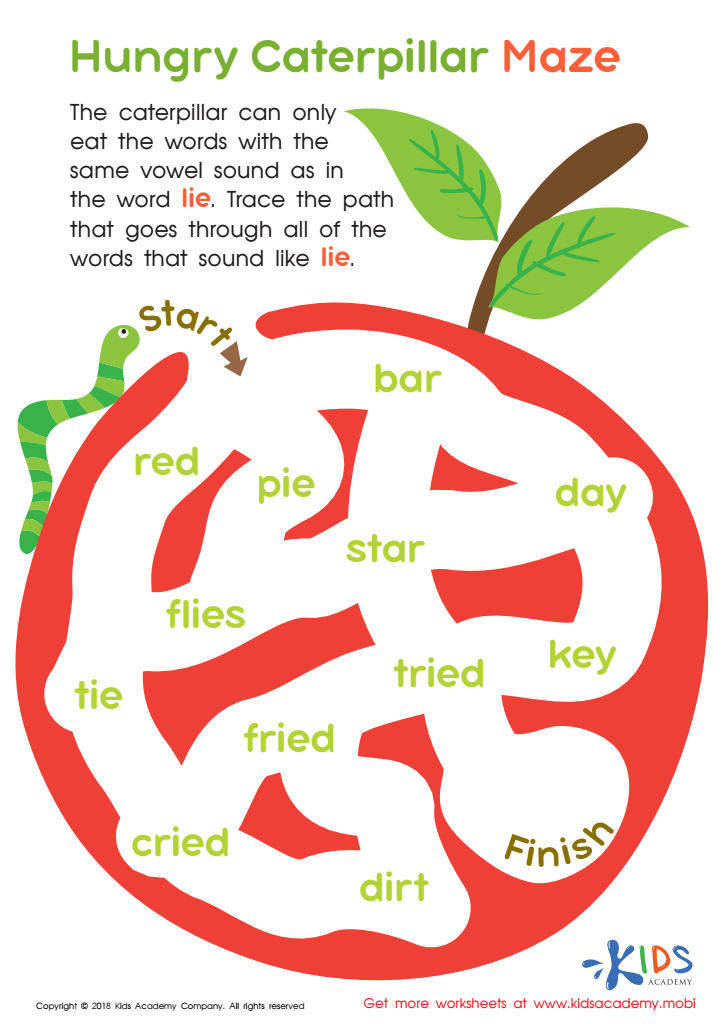

Hungry Caterpillar Maze Worksheet
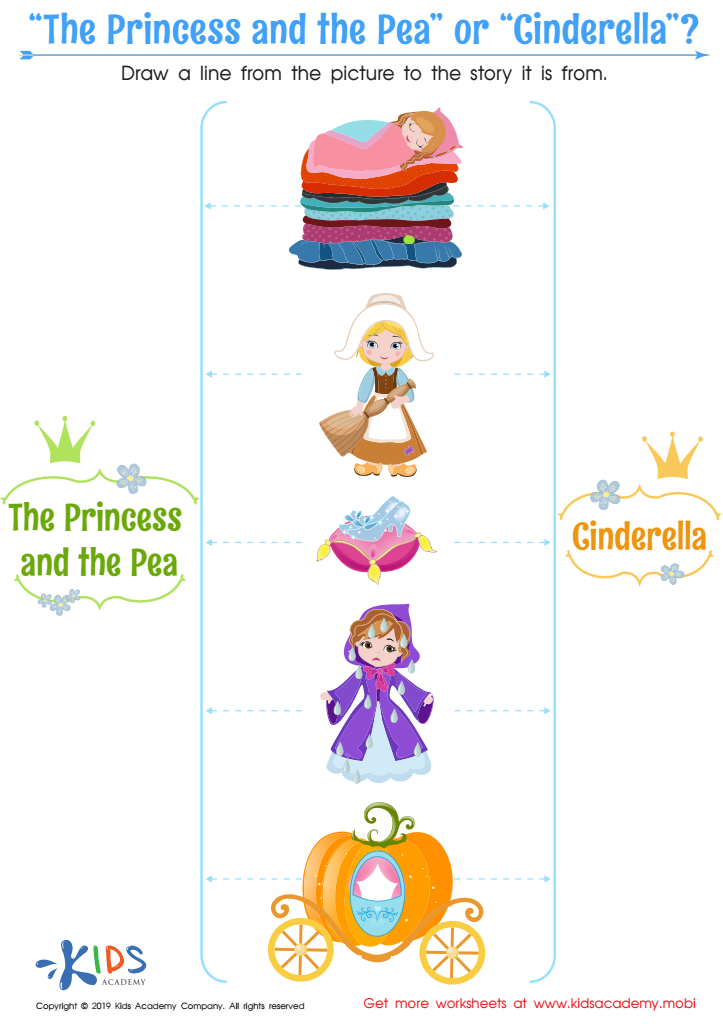

“The Princess and the Pea” or “Cinderella” Worksheet


Towns Worksheet
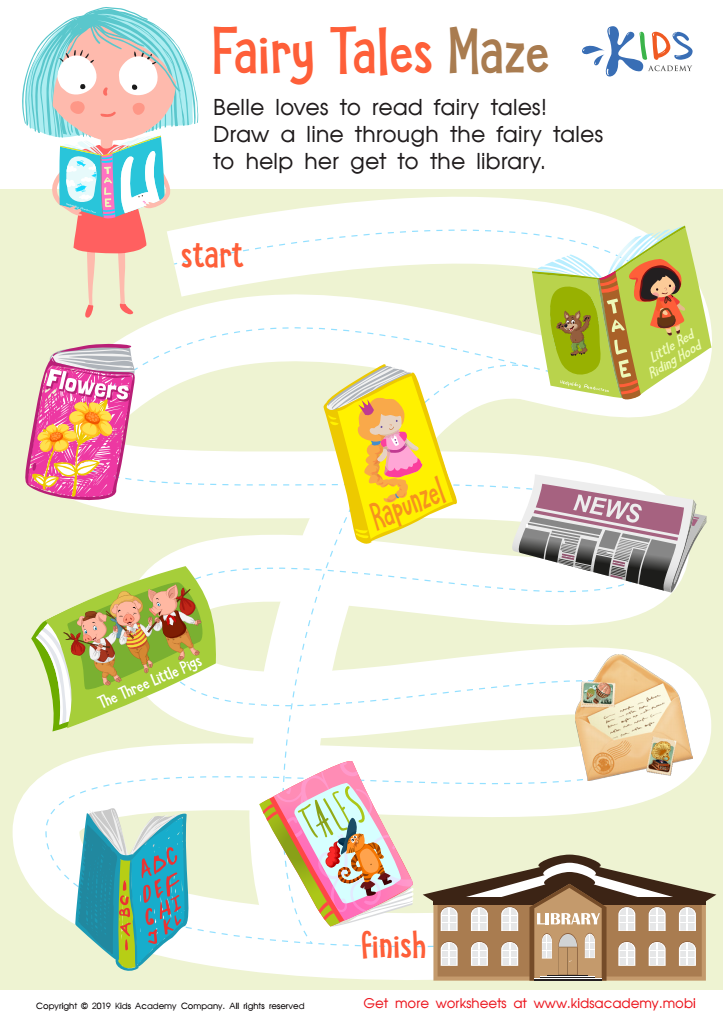

Fairy Tales Maze Worksheet
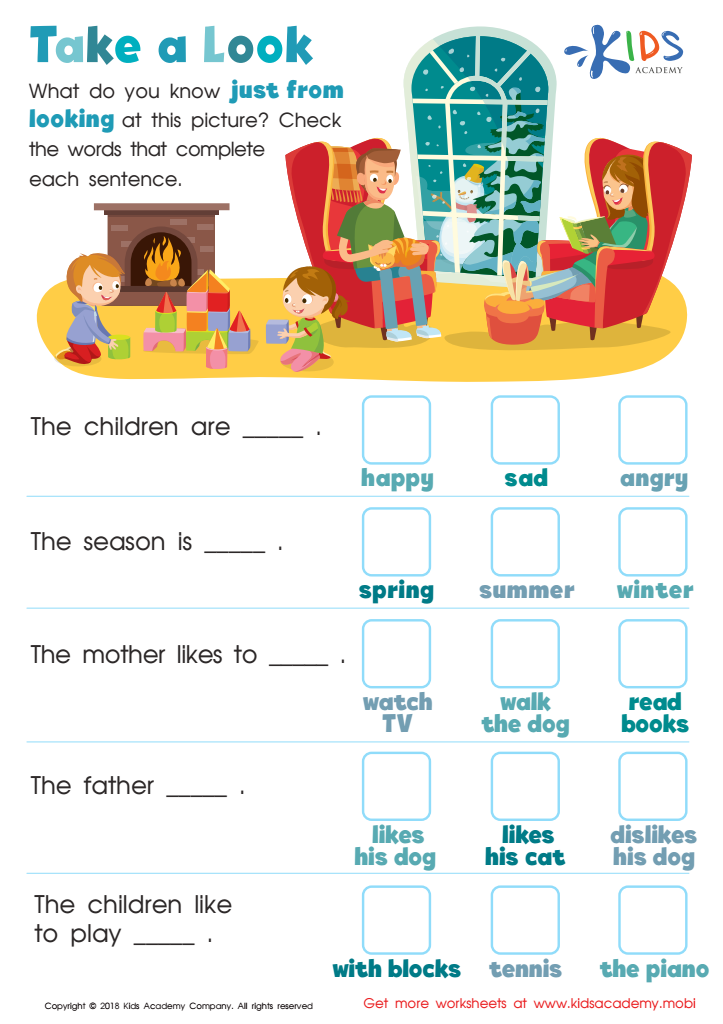

Take a Look - Part 1 Worksheet
Problem-solving skills are essential for children aged 4-7 as they lay the foundation for their cognitive development and future academic success. These skills enhance critical thinking, creativity, and resilience, enabling children to navigate challenges effectively. As parents and teachers, fostering problem-solving skills in young children is vital to help them develop independence and confidence when facing obstacles.
At this age, children are naturally curious and eager to explore their surroundings. By engaging in activities that promote problem-solving—such as puzzles, hands-on games, and group discussions—adults can support children’s learning and help them develop strategies to approach challenges. This also encourages collaboration and communication skills, as children often work together to find solutions.
Moreover, strong problem-solving skills contribute to emotional intelligence. Children learn to manage frustration and persistence, recognize patterns, and make decisions, which are crucial life skills. By nurturing these abilities early on, we empower children to become lifelong learners who can adapt and thrive in a rapidly changing world. Investing time in developing problem-solving skills not only enhances children's academic journey but also shapes them into thoughtful, capable individuals ready to tackle the complexities of life. Therefore, prioritizing these skills is a crucial responsibility for both parents and educators.

 Assign to My Students
Assign to My Students



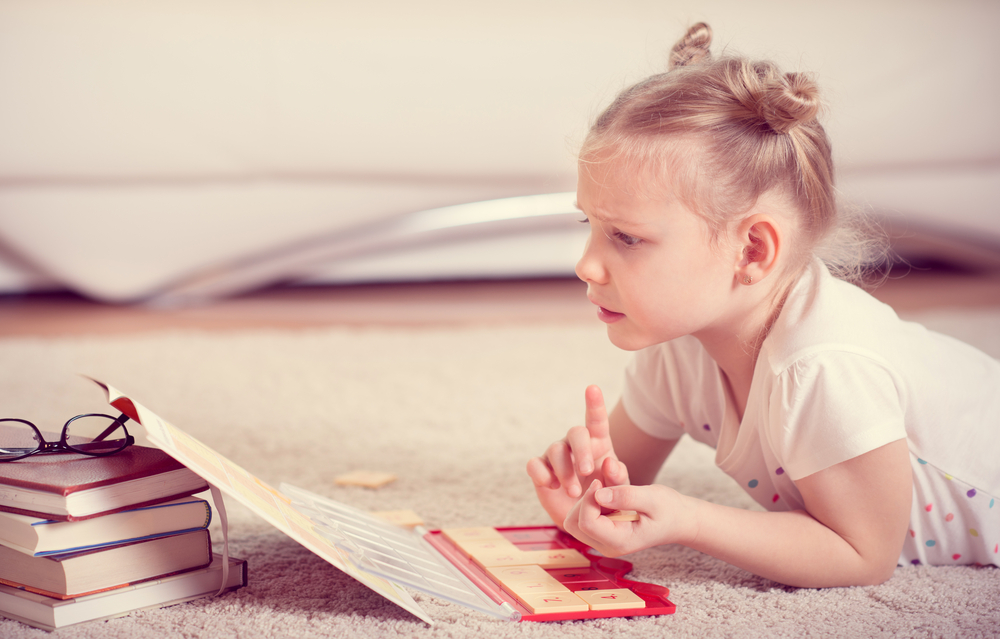
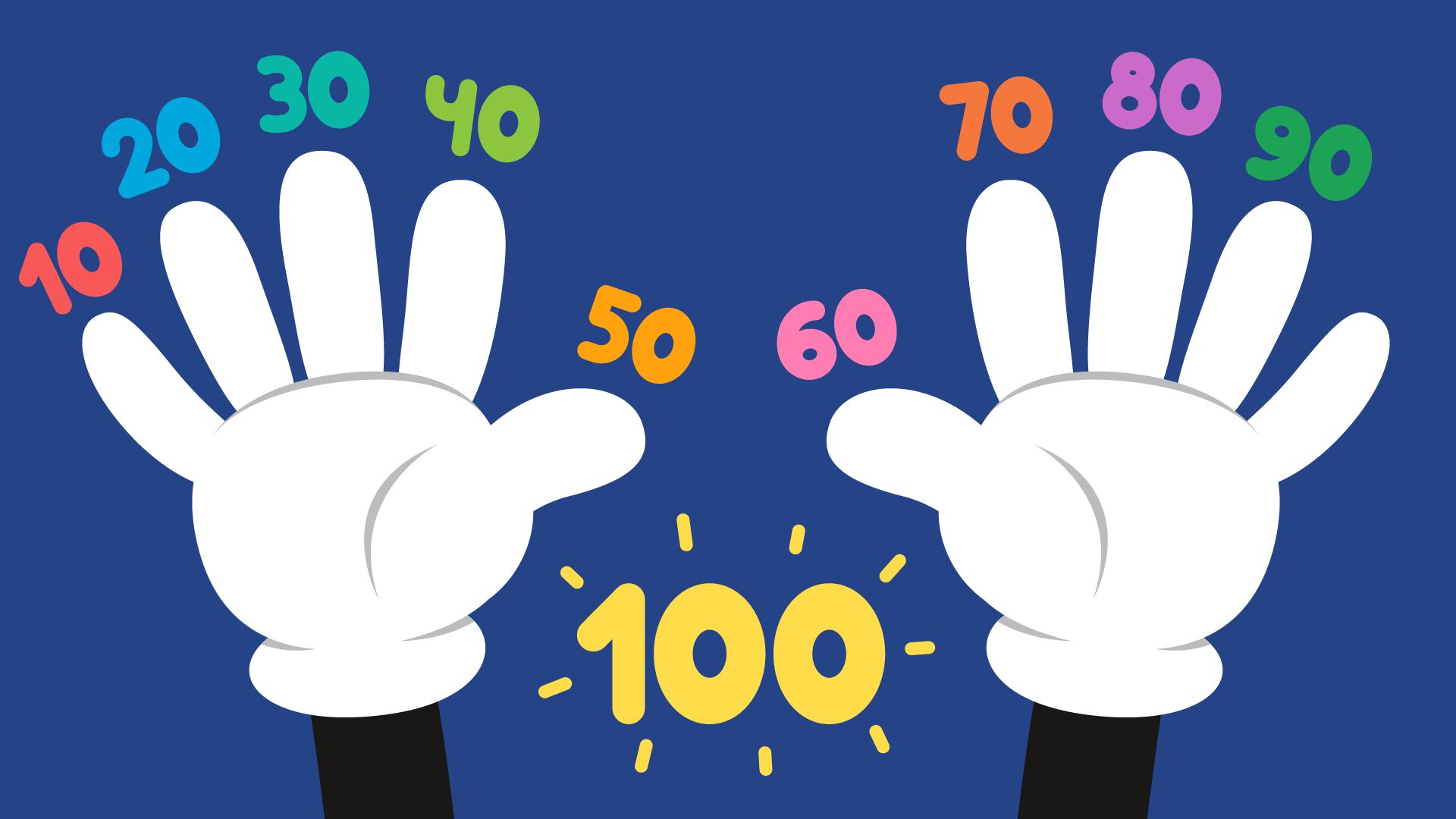
.jpg)
